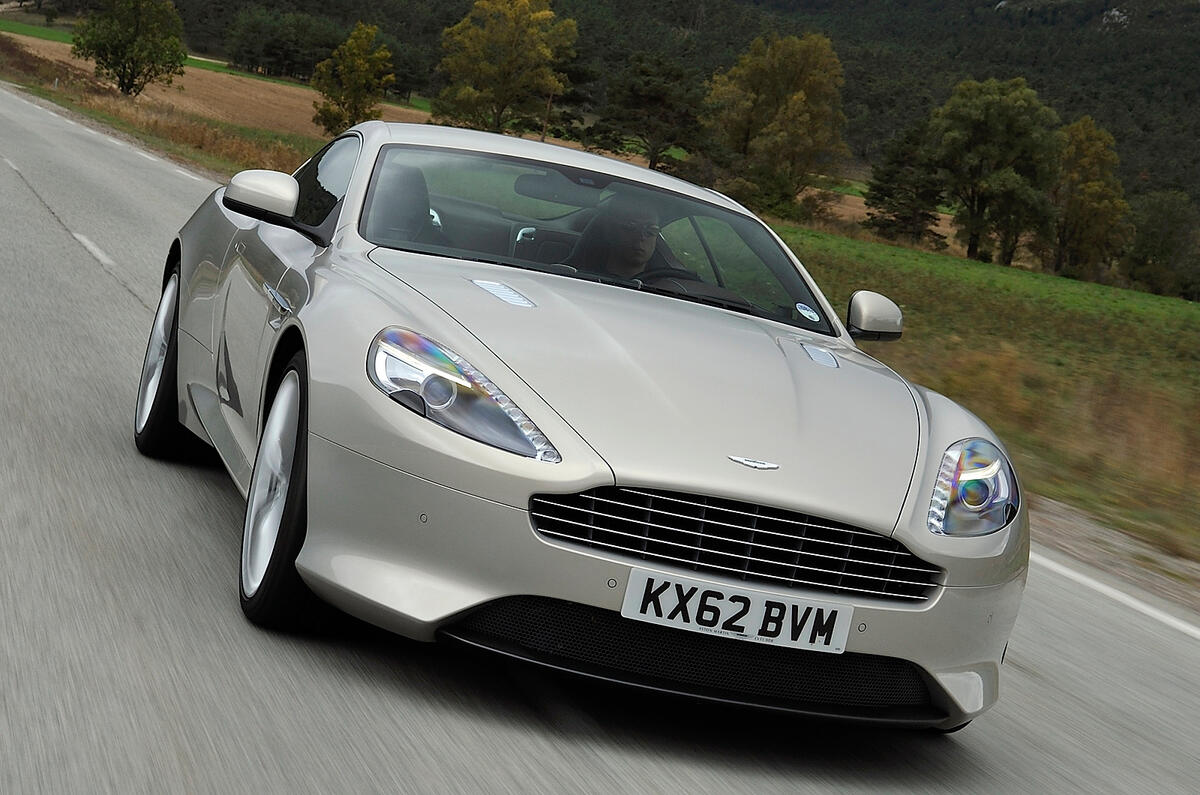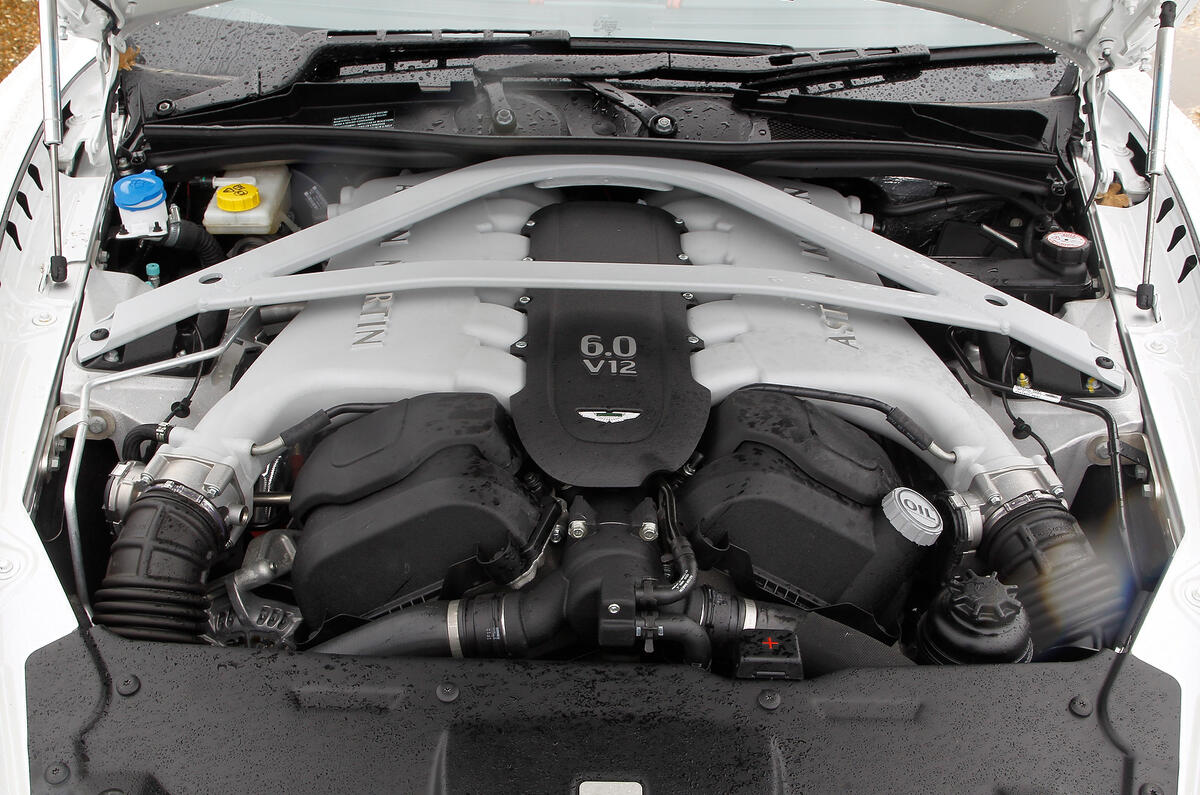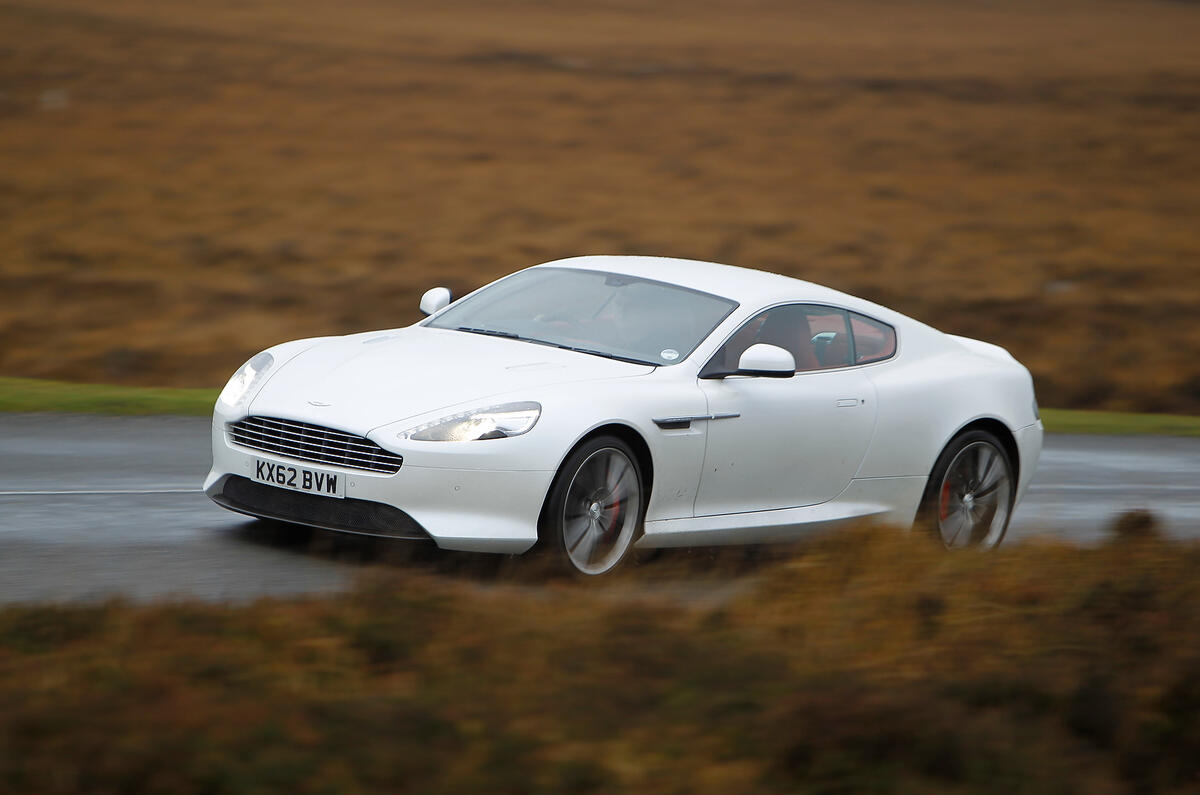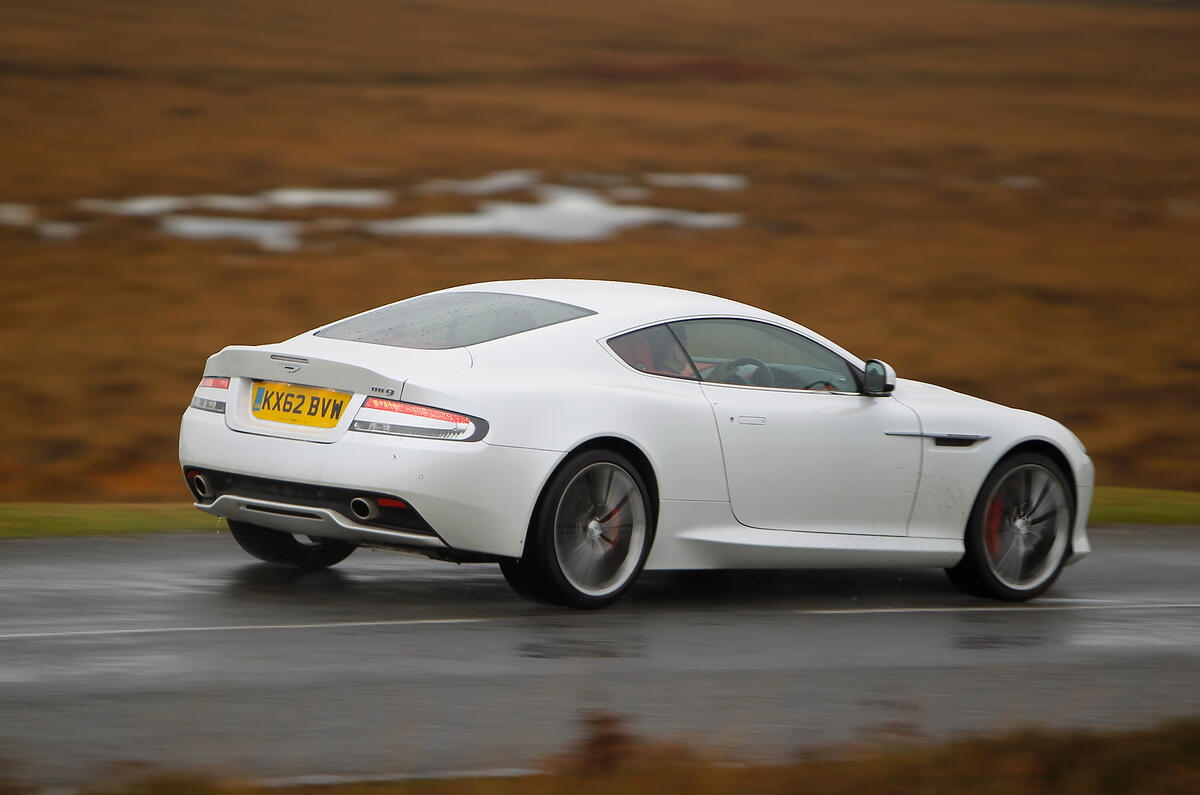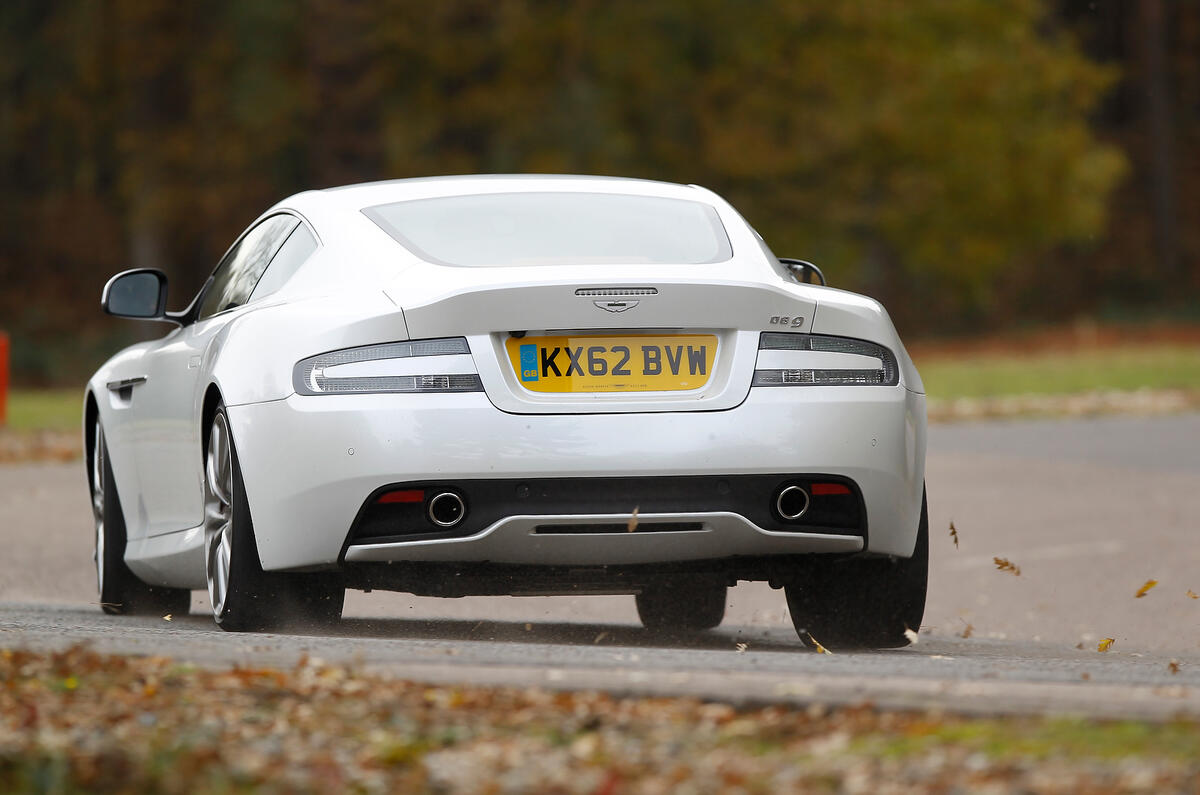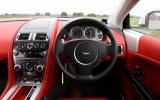Form or function? There was never any doubt which one of those roads the Aston Martin DB9 would choose to ply. It’s a credit to its original stylists that all these years later the remarkably little-changed interior still looks fresh and interesting. It was fully in keeping with the car’s substantial six-figure purchase price when new.
Every now and then, however, the cabin's ability to make your heart sing is rivalled only by its capacity to boil your blood. For beautiful though the cabin was, it’s an ergonomic joke.
For instance, the driving position ensures that taller drivers will be simply unable to get comfortable behind the wheel. There’s inadequate rear seat movement and too limited adjustment to the steering wheel’s reach.
Meanwhile, the gorgeous dials turned out to be all but unreadable thanks to the diminutive point size of their lettering: were it not for a digital speed readout, you’d never normally know how fast you were going.
The centre stack is more confusing still, with two displays providing information in such a bewildering and apparently haphazard fashion that you may end up electing to go uninformed. Buttons that were tiny and poorly labelled don’t help either. The Garmin-based navigation system is merely poor rather than unusable.
If you buy the Volante you’ll find the roof mechanism still works very well, reducing headroom by only a tiny amount relative to the coupé when raised, and stowing neatly and quickly behind the driver.



